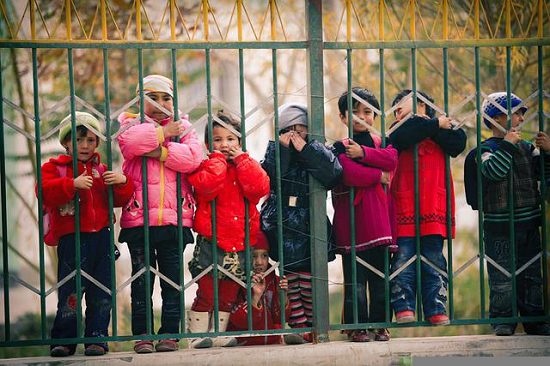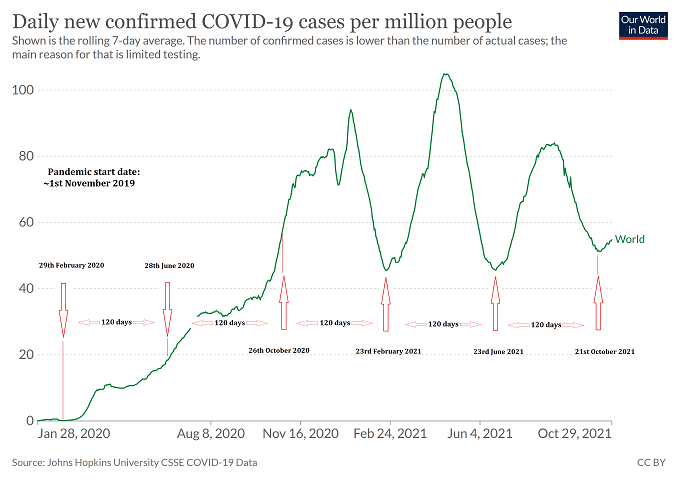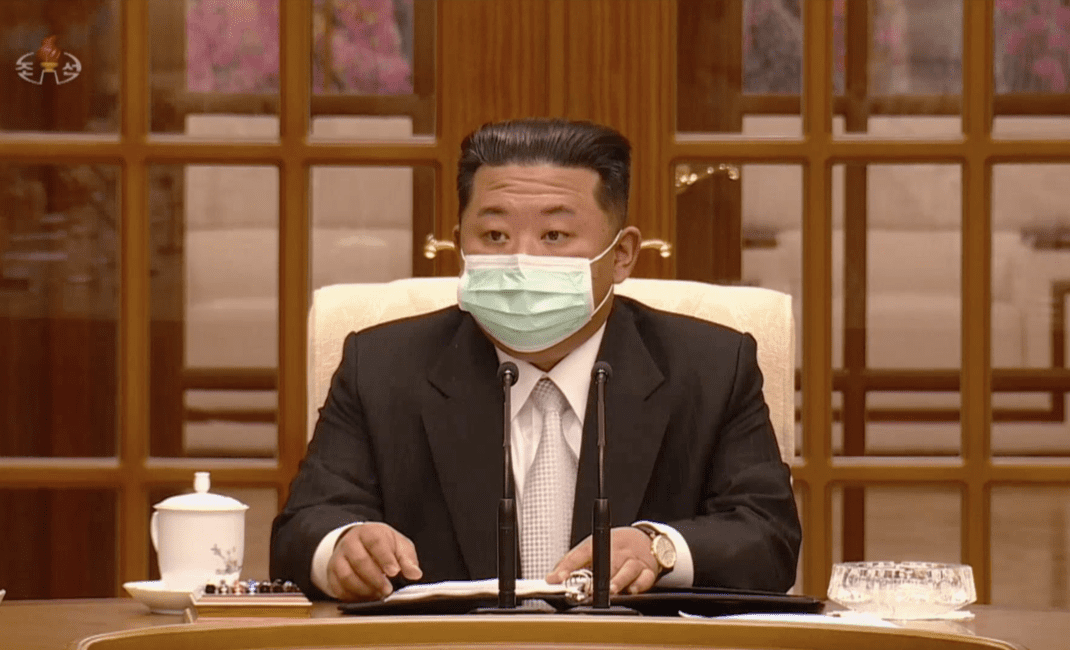
China: Xinjiang Covid epidemic “most difficult major public health emergency in local history”
China’s daily newspaper, the Global Times, is giving prominent coverage today to the ongoing Covid outbreak in Xinjiang, headlining it as the “most difficult major public health emergency in local history”.
The current round of epidemic prevention and control work in Xinjiang has not achieved the goal of “dynamic zero-COVID” for two months not only due to the reasons of strong infectiousness, fast transmission and short incubation period of the Omicron BA.5.2 variant, but also because of some loopholes in the anti-epidemic work.
In a strongly worded article, the Global Times also quotes a local official saying “nucleic acid testing has become the biggest weakness” in Xinjiang.
In particular, nucleic acid testing has become the biggest weakness in Xinjiang’s prevention and control efforts, Liu stressed.
In the face of a large-scale outbreak of the Omicron BA. 5.2 variant, the ability of nucleic acid testing is insufficient in local epidemic areas, in turn the detection and quarantine of the positive patients failed to keep up with the outbreak transmission, thus making it difficult to cut off the infections in social communities, Liu said.
Nucleic acid testing has been a pillar of Chinese attempts to control the virus along with its “static management” zones, but it seems that the approach may be seriously lacking when combating hyper-transmissive variants such as BA.5.2.
Loopholes in the epidemic prevention and control work have been exposed during the latest outbreak, Liu pointed out.
The division of high-, middle- and low-risk areas in some parts of the region was not scientific and accurate, and the high-risk areas are too large, which increases the difficulty of management and the risk of transmission, the official explained.
Individual areas sealed off communities that only needed static management while some areas that needed “static management” failed to strictly prevent local residents from leaving their homes, Liu continued.
There is also criticism of the effort required to test so many people on a regular basis
In the face of a large-scale outbreak of the Omicron BA.5.2 variant, the ability of nucleic acid testing is insufficient in local epidemic areas, in turn the detection and quarantine of the positive patients failed to keep up with the outbreak transmission, thus making it difficult to cut off the infections in social communities, Liu said.
There is a significant number of nucleic acid sampling personnel who are nonprofessionals, which led to poor sampling, Liu said. Also, some nucleic acid samplers were infected due to improper protection, which also became an important risk source for the epidemic, the official noted.
This is, by far, the most critical article on the response to Covid-19 that we have seen in the Chinese press since the beginning of the pandemic. Its tone probably reflects Chinese frustration at the enormous amount of time and effort that has been expended on controlling the virus so far, with seemingly little to show in return.
The question for China, though, is what is the alternative to continuing to try and control the virus?
In response to nearly three years of the pandemic, western capitalist societies have become increasingly relaxed about the value of human life. The “herd immunity” and “living with Covid” policies have utterly destroyed the initial sense of solidarity built up between ordinary people who were fighting a common enemy. Mitigations and testing have been largely abandoned, millions have died, tens of millions have been disabled, and the functioning of economies and the making of profits remain the top priorities for western leaders.
Living with Covid has been a catastrophe as far as containing the pandemic is concerned. The hands-off approach to Covid-19 has also left weakened populations at risk of new variants, along with diseases such as polio, monkeypox, cholera and even ebola. Some of these new threats will be far more pathogenic than anything we have had to deal with so far.
To let the virus simply rip in China, as we have seen in the US and Europe, will endanger the lives of tens of millions of people. Is that something that the Chinese leadership are willing to contemplate? We hope not.
Ultimately, the fight against Covid is an existential fight for mankind. There is no living with Covid. There is only dying with Covid.
Image by liuguangxi from Pixabay





